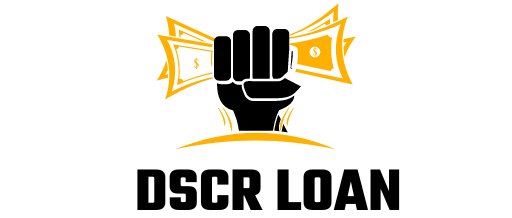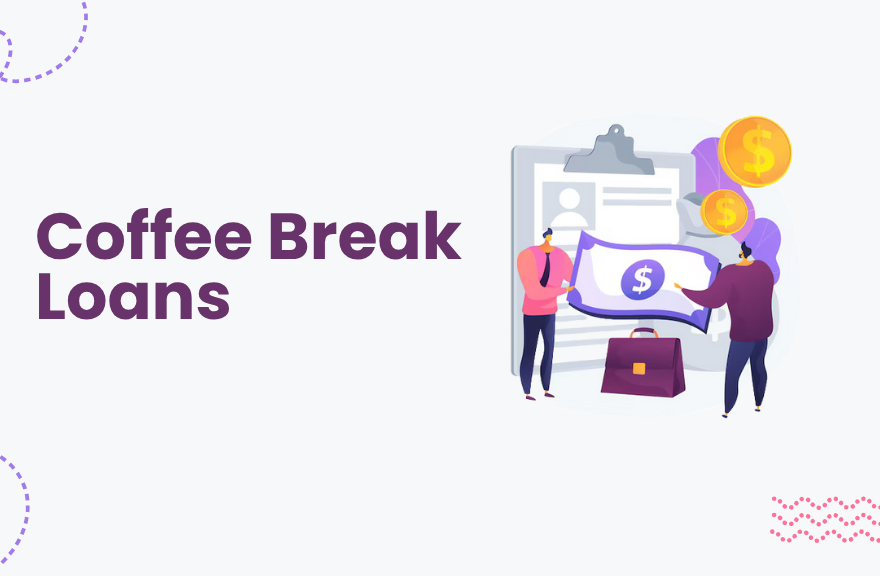Key Takeaways
- Coffee Break Loans connects borrowers with short-term and personal loan lenders through an online lead-matching service.
- These services often offer fast approvals and small loan amounts (typical ranges $300–$35,000) but terms and APRs vary by lender.
- To qualify quickly you’ll need proof of income, a checking account, and ID; credit flexibility is possible but affects rates.
- Watch for fees, repayment schedules, and lender reputation verify offers carefully to avoid costly options.
Introduction
Coffee Break Loans (the phrase and the services behind it) refers to online platforms that match borrowers with short-term personal and emergency lenders. These sites promote speed and convenience, sometimes advertising approvals in minutes and funds the same or next day. The trade-off is that qualifying criteria, interest rates, and fees can vary widely by lender, so preparation and careful comparison matter.
In this article you’ll get a clear, user-focused walkthrough: what these services do, how to apply, realistic expectations about rates and amounts, red flags to avoid, and tips to improve approval odds. The guidance below is practical, SEO-friendly, and ready for web publication.
What Exactly Are Coffee Break Loans?
“Coffee Break Loans” commonly describes loan matching services or brokers that connect borrowers to a network of lenders (not direct lenders themselves). These platforms streamline the search process: you fill a single form, and multiple lenders evaluate your request. That means faster comparisons but also requires vigilance each lender sets its own terms.
Quick features
- Single form to request multiple loan offers.
- Typical loan sizes: small personal loans or cash advances.
- Fast turnaround: approvals in hours to a day for straightforward cases.
How These Platforms Work
The typical flow is simple:
- You submit basic details (income, bank account, amount).
- The platform matches your profile with partner lenders.
- Lenders respond with conditional offers; you pick the best one.
- Funds are disbursed to your bank once you accept and sign electronically.
Because many operators act as brokers, reading the disclosures often clarifies that the site “does not make credit decisions” and will pass your info to lender partners. That protects the platform legally but places the decision on the lender.
Who Qualifies? Requirements & What Lenders Check
Loan-matching services typically connect consumers with lenders that accept a range of credit profiles, including fair or poor credit. Still, the most common eligibility checks include:
- Proof of steady income (pay stubs, bank statements).
- Active U.S. bank account for ACH repayment.
- Valid ID and SSN for verification.
- Minimum age and residency (18+, U.S. resident).
LSI note: even if credit flexibility exists, expect higher APRs for lower scores and compare offers closely. Research shows typical personal loans can range broadly and unsecured loans are priced based on credit risk.
Typical Loan Amounts, Rates & Terms
- Loan sizes: Many platforms match loans from as little as $300 to $35,000 or more, depending on the lender.
- Interest & APR: Rates vary widely; borrowers with fair credit will see higher APRs. Always request the APR disclosure before accepting.
- Repayment schedules: Options range from short-term payback (weeks/months) to multi-year installment loans.
Tip: Use an authoritative guide on personal loans to understand typical requirements and costs resources like Forbes Advisor and Investopedia explain how personal loans work and what to expect.
Real-World Example
Scenario: Emma needs $3,500 to repair her car. She uses a loan-matching site, submits income proof and bank details, and receives three conditional offers within 24 hours: a short 12-month loan at 18% APR, a 24-month loan at 25% APR, and a higher-rate 6-month bridge loan at 35% APR. After comparing total costs and monthly payments, she picks the 12-month offer with the lowest APR that fits her budget.
This case shows the benefit of comparing multiple offers, and why monthly payment and total repayment matter more than just the interest rate.
Pros and Cons Fast Access vs. Cost
Pros
- Speed: Fast pre-qualification and quick funding for urgent needs.
- Convenience: One form can reveal multiple offers.
- Flexibility: Some lenders accept borrowers with lower credit scores.
Cons
- Cost: APRs can be high for short-term unsecured loans.
- Variability: Term lengths and fees differ; not all offers are good deals.
- Scams risk: Some sites may connect to predatory lenders, verify licensing, read disclosures, and check reviews.
How to Apply Smartly Step-by-Step
- Prepare documents: Recent pay stubs, bank statements, ID, and address proof.
- Compare APRs & fees: Ask for the APR disclosure and calculate total cost. (Use a loan calculator.)
- Check lender reputation: Look for clear terms, contact info, and positive reviews.
- Avoid unnecessary borrowing: Only request what you need and can repay.
- Keep records: Save offers and electronic agreements for your files.
Red Flags & Safety Checks
- Upfront fees required before approval legitimate lenders disclose fees in the loan contract, but you should not pay an application fee before seeing an offer.
- Unclear APR or hidden fees always demand full disclosure.
- Pressure tactics to accept immediately reputable lenders allow time to review.
- No verified contact information or licensing research of the lender or broker using state regulator sites.
Conclusion
Coffee Break Loans-style platforms can be a helpful shortcut to fast, small-dollar financing especially for urgent needs. They simplify lender search and can produce multiple offers quickly. But speed comes with responsibility: verify lender reputation, read APR disclosures, and calculate total repayment before choosing. Use reputable resources (Forbes, Investopedia, official borrower guides) to compare options, and consider lower-cost alternatives if your credit and timeline allow.
FAQs
Are Coffee Break Loans safe to use?
They can be safe if you use reputable platforms and read disclosures. Always confirm the lender’s identity, APR, and repayment schedule before accepting.
Can I get funding with bad credit?
Some partner lenders accept fair or poor credit but at higher rates. Compare offers and prioritize affordability.
How fast will I receive money?
Many borrowers are funded within 24–48 hours after approval, depending on the lender’s processes and bank transfer times.
What should I do if my loan costs seem high?
Ask for the APR disclosure, compare total repayment costs, and consider alternatives (credit union loan, personal line of credit, or borrowing from friends/family). Refer to trusted financial guides for rate comparisons.

Introducing Emily Parker, a seasoned professional with over 5 years of expertise in DSCR loans. With her extensive knowledge and experience in the field, Varsha has consistently demonstrated a deep understanding of DSCR loan intricacies and a proven track record of delivering successful outcomes for her clients.

